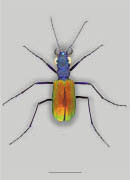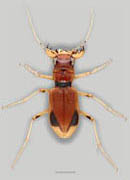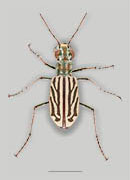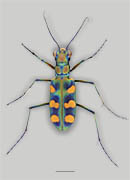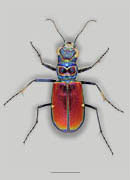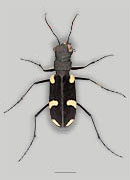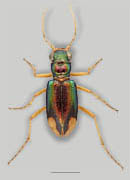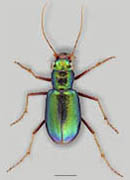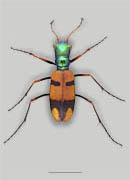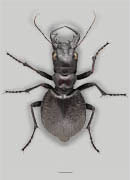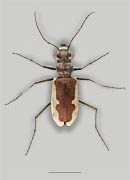Tiger Beetle Zoom Gallery (Up-close with tiger beetles)
Some of the fastest animals on Earth are below. That’s right, if these tiny insects were as large as a horse they would be running 200 miles an hour. These tiger beetles were captured using a special microscope and software that takes many pictures at different depths and then builds a single sharp image. The work was done at the International Institute for Species Exploration. A special thanks to April Ramirez for her help with this gallery and to David Pearson for loaning these specimens from his personal collection. Images by CJ Kazilek.
In case you are wondering why there are grey lines on each image, they are used to show the size of each tiger beetle. Microscopists call these lines scale bars, because they let a person know the size of an object. All the grey lines below are equal to 5 millimeters, or half a centimeter.
Be Part of
Ask A Biologist
By volunteering, or simply sending us feedback on the site. Scientists, teachers, writers, illustrators, and translators are all important to the program. If you are interested in helping with the website we have a Volunteers page to get the process started.



